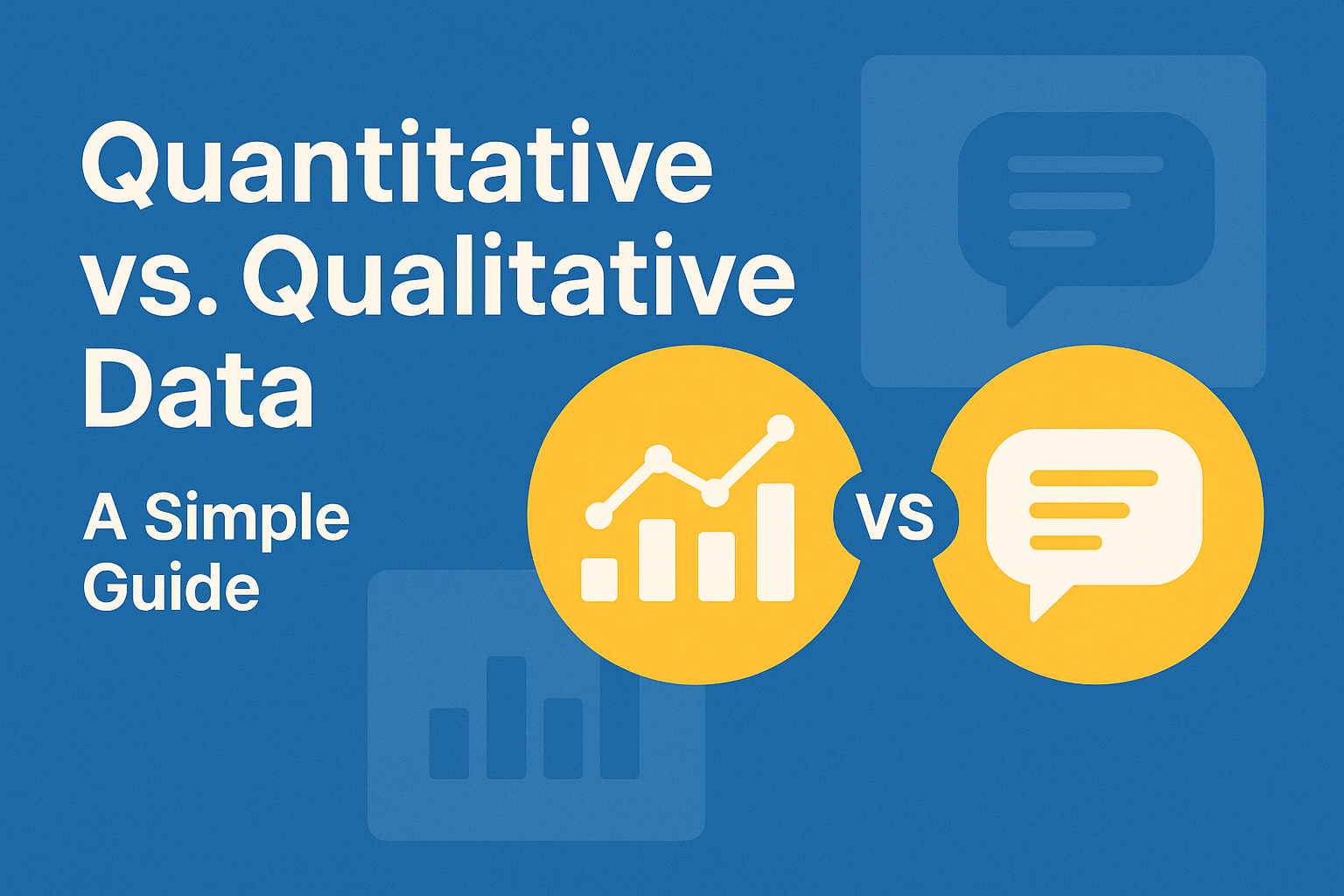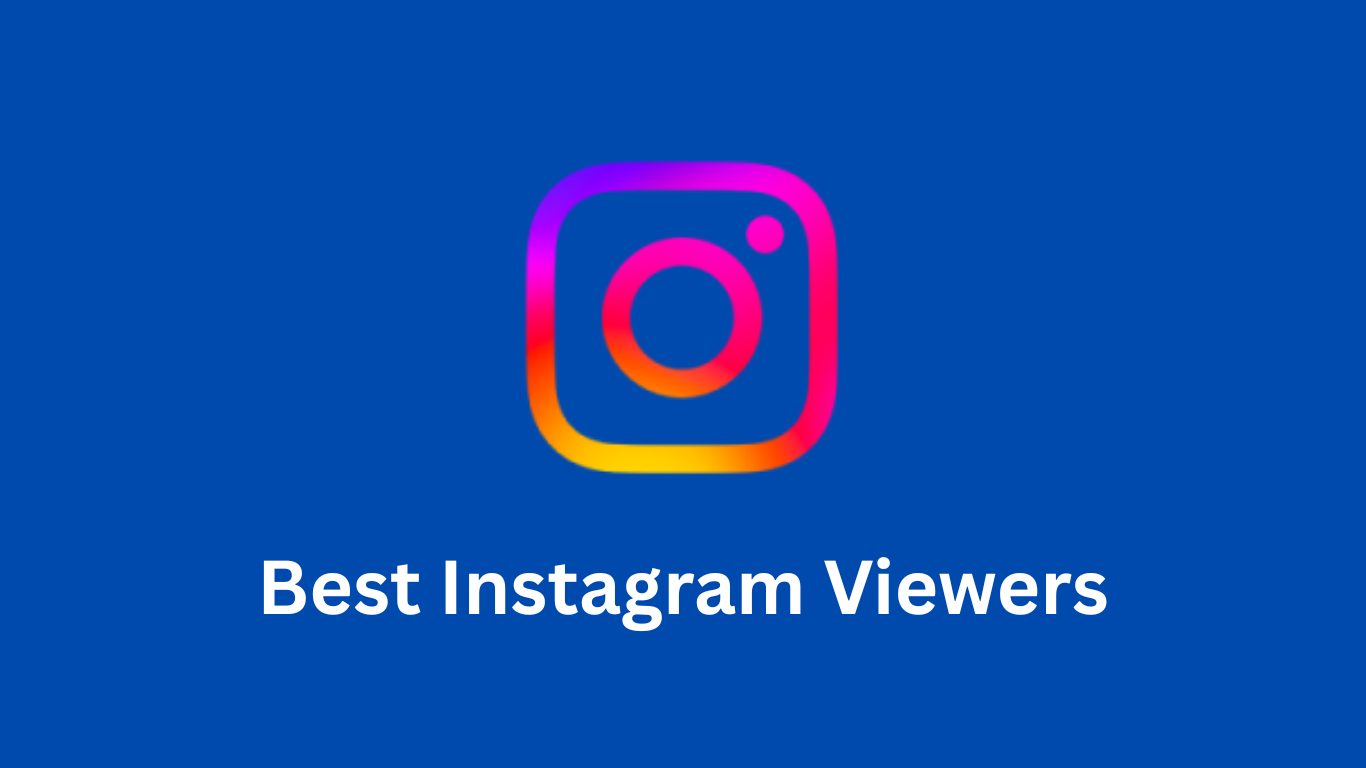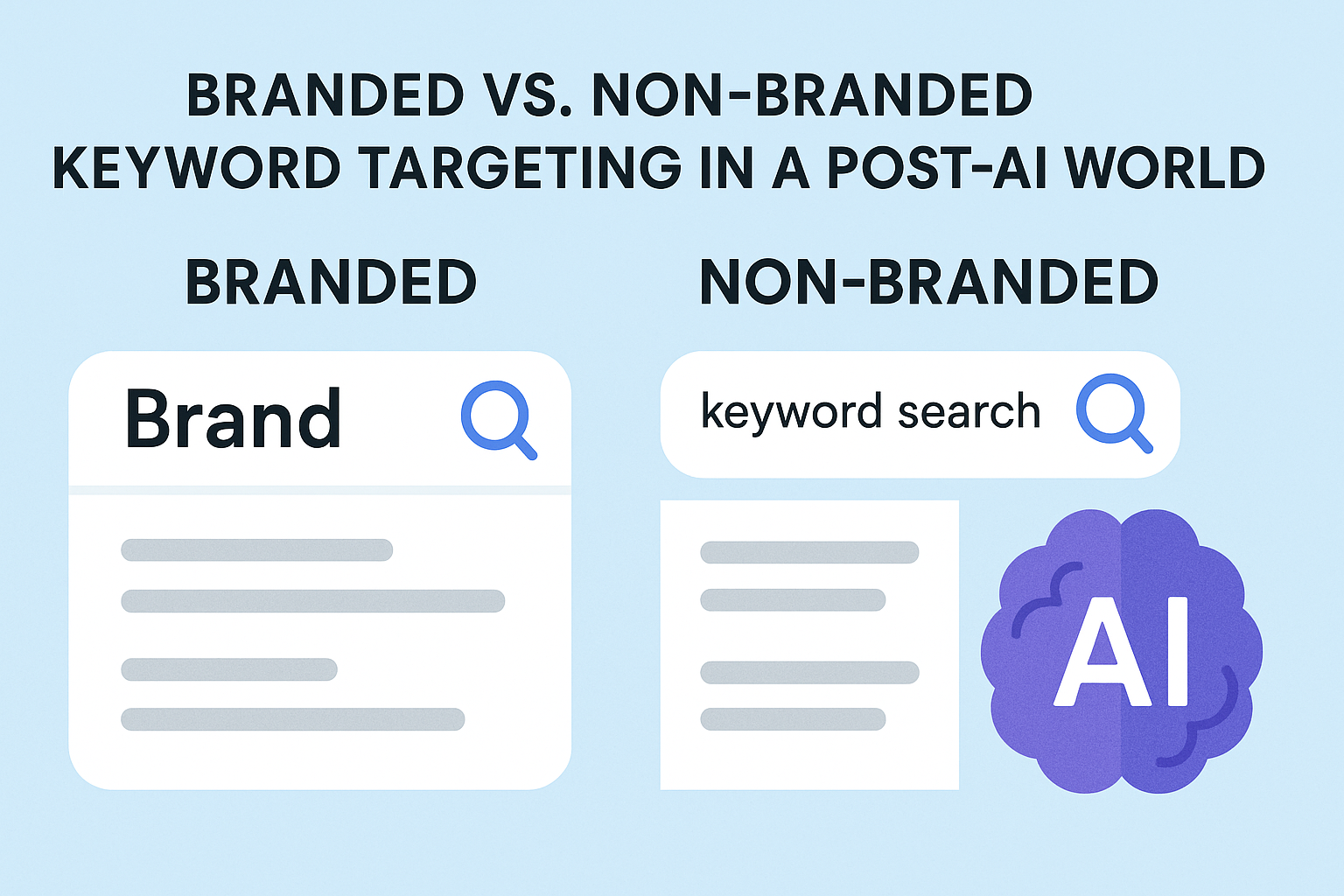
Have you been thinking about employing WhatsApp API for the company but don’t know how it works? This thorough guide on WhatsApp Business API addresses all your questions.
As we go further we’ll read about WhatsApp API and maintain contacts and send messages according to WhatsApp’s best practices in this article.
WhatsApp Business API Account Basics
For a start, the WhatsApp API is developed for medium to more giant enterprises in mind. As it’s an API, there is no front-end interface.
Instead, end-users need to use the WhatsApp API endpoint and integrate it into their commercial software.
WhatsApp is strict with who it lets access to their API directly. It has only offered access to a few significant corporations, including Singapore Airlines, Uber, and Wish. It’s simpler to accept a WhatsApp API account by applying via them.
WhatsApp Business Solution Providers
To simplify matters, there are two sorts of WhatsApp BSPs – SMS providers and Others.
SMS Providers
The first category is SMS providers like Twilio and Vonage. As SMS carriers, these businesses are already leveraging their APIs before selling WhatsApp accounts. Hence, the API you need to access will be comparable to their Legacy SMS API.
These BSPs are practically suitable for corporations currently using their solution and wish to use WhatsApp API as their communication channels.
It allows enterprises to utilize different chat systems without connecting everything themselves.
The convenience of applying for an account depends on your BSP. For instance, Twilio provides a self-service tool that enables you to get started without talking to anybody.
At the same time, Vonage is more enterprise-oriented and needs you to speak to sales.
But because the SMS providers are merging WhatsApp API with their API, it takes extra time. It works to include or upgrade any new feature from WhatsApp.
Others
Next, we have the other organizations that do not identify as SMS providers. Although it began with different firms secured partnerships, including CRM suppliers, chatbot agencies, and self-service bot platforms.
Because their API is comparable to WhatsApp’s, it is fast and uncomplicated to allow WhatsApp API’s new capabilities.
This means their API redirects to WhatsApp API and has the same API design. If you want new changes to reflect swiftly on your WhatsApp account, try a BSP leveraging a proxy API.
In this article, we’ll be reviewing all the capabilities accessible straight via WhatsApp API. Before we move into the specs, we’ll look at WhatsApp API’s cost and profile.
WhatsApp Business API Pricing
To recap, you have to join up with a BSP and pay them to receive a WhatsApp API account. And for this, BSPs have to pay for WhatsApp to use their API to deliver the service to end-users.
Essentially, BSPs pay WhatsApp a fee different from what they charge companies. And since every BSP may establish its price, it seems sensible to check out whether you’re genuinely getting a bang for your dollars.
However, many BSPs charge users for both Session Messages as well as Message Templates.
Utilizing the Message Template cost card charged by WhatsApp to the BSPs can simplify you to negotiate a discount because you know exactly how they’re established.
WhatsApp Business API Profile
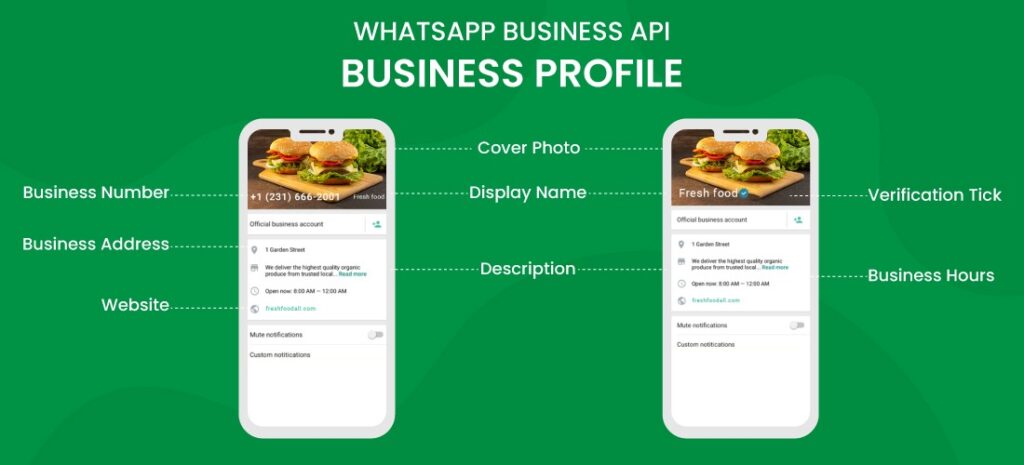
Now that we know the relevance of BSPs in setting up a WhatsApp API account, it’s time to grasp how a WhatsApp API business profile looks like.
The WhatsApp API profile is different from the WhatsApp Business App profile.
Unlike all the other messaging applications, the WhatsApp API profile will not be accessible in-app; therefore, it depends on the company to market its existence.
Businesses may enhance their profile by upgrading their cover picture, description, address, email, and website.
WhatsApp Business API Contact Management- WhatsApp Business API
WhatsApp has strict standards for establishing a discussion with WhatsApp users. Generally, WhatsApp prefers that end-users contact your account first to initiate a chat.
WhatsApp permits corporations to give their consumers the first message as long as they follow a set of guidelines.
Verifying and Importing Contacts
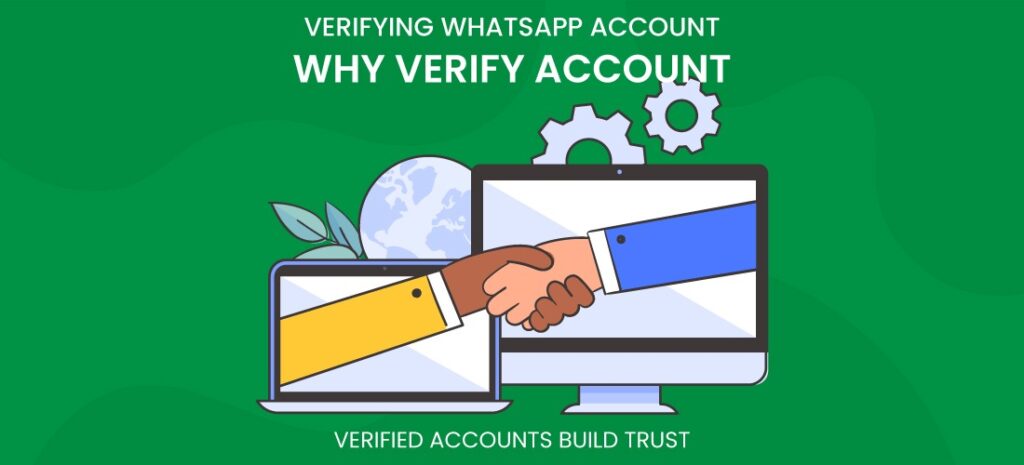
To start, you’ll need to check whether your contacts have a valid WhatsApp ID or WhatsApp number.
This is vital since sending messages to WhatsApp numbers can damage your account rating.
Conversely, your account will be blocked if you check too many numbers without sending messages. This is likely to prevent spammers on the platform.
After authenticating your contacts, you may import them to a CRM platform. Once you’ve imported your contacts to a CRM platform, you may manage those contacts with some extra tools supplied by WhatsApp.
Final Words
To sum it up, it’s preferable to stick by these recommendations. Message Templates that do not satisfy WhatsApp’s standards may force contacts to block you.
When banned, your Message Template quality will decrease to the poor, changing your template status to Flagged.
If your template quality does not increase from poor to medium or high in 7 days, WhatsApp will deactivate your templates, and you may no longer change or send them out.
You’ll be alerted when your template’s status changes to Flagged or Disabled via email.
To avoid this, verify that your contacts have opted-in according to WhatsApp’s requirements. Avoid sending too many alerts in a day, and make sure your material is relevant and beneficial.


